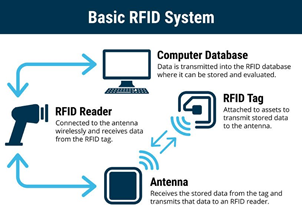

Context
The government is using technology to usher in transparency. It is now planning to roll out e-passports soon.
About
What is e-passport?
- According to the proposal, the e-passport will be a combination of paper and electronic passport, with a Radio Frequency Identification (RFID) chip.
- An antenna will be embedded as an inlay in the back cover.
- The passport’s critical information will be stored in the chip and printed on the data page.
- The characteristics of the e-passport are specified by the International Civil Aviation Organization, an agency of the United Nations.
Privacy and Security:
- The government clarified that data of the citizens obtained for e-passport will be used only for the purposes of issuance of the passport and related services.
- There will not be any secondary use of the data, thereby safeguarding privacy concerns.
- Further transaction processes are authenticated by digital certificates and are cryptographically signed.
- Once captured, the data is stored in a secured industry-standard database.
- The Security Operations Centre will perform relevant database security-related controls round the clock.
Implementation and technical responsibilities:
- Tata Consultancy Services (TCS) has reportedly bagged the contract for delivering e-passports.
- While the government will source the hardware chips, TCS will be responsible for their encoding.
- The government has entrusted National Informatics Centre (NIC) with the technical responsibilities.
- The e-passports will be produced by the India Security Press in Maharashtra’s Nashik, which has issued letters of intent for the procurement of 4.5 crore ICAO-compliant electronic chips.
- Interestingly, the government issued India’s first e-passport with biometric details to former President Pratibha Patil in 2008.
- E-passports enhance the security of passports, eliminate duplication, eliminate data tampering and will be used by border control authorities for monitoring the entry and exit of passengers.
|
What Is Radio Frequency Identification (RFID)?
|



